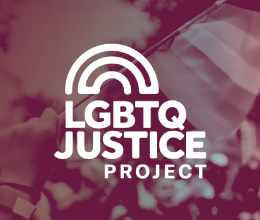Thank you for taking the time to view this LGBTQ+ Reporting Guide! We admire your dedication to accurately and fairly sharing Mississippi's stories. OUr hope is that these resources can aid you in reporting on the LGBTQ+ community with respect and sensitivity.
Each of these resources provide a distinct perspective and value in the pursuit of telling authentic and impactful stories about queer individuals and communities. From essential data to appropriate language, these resources can act as a guide to accurate and nuanced storytelling.
These resources are meant to provide a framework rather than a one-size-fits-all solution. We encourage you to continue approaching stories about the LGBTQ+ community with ompassion, open-mindedness, and specificity for the best possible reporting.
Keep in Mind:
- Talk to trans people about trans people
- Normalize asking all sources for their name and pronouns
- Avoid "both sides-isms"
- Explore new narratives




